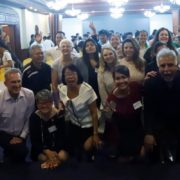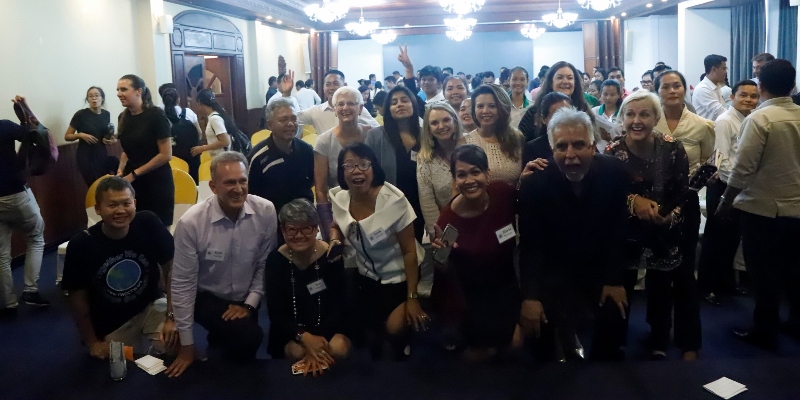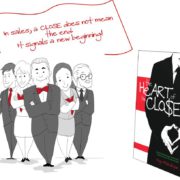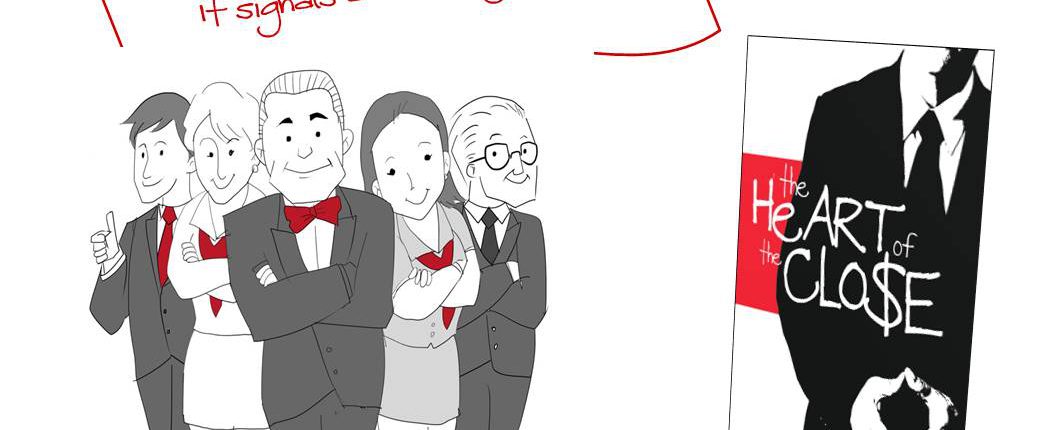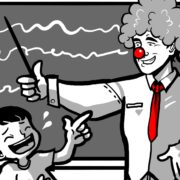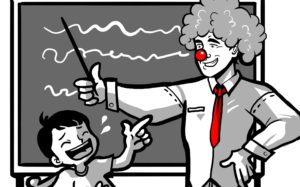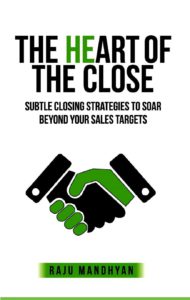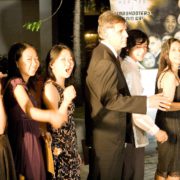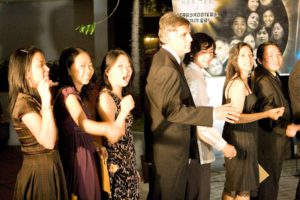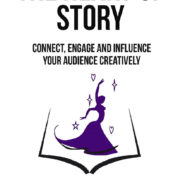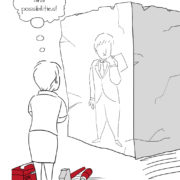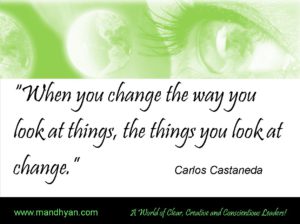Receiving with Grace
On a Christmas morning, a few years ago, my kids and I were sitting surrounded by tons of gift wrappers and ribbons from the gifts we had shared. They were happily chatting away and enjoying the warmth of the moment. I was sizing up the trash and thinking of all the time, money and energy people spend on gifts.
My displeasure was visible on my face and they saw it. “What’s it, Pops?” asked my youngest, twenty-something daughter.
“Ah-uhm, it is all this gift-giving and gift-receiving. I think we spend a lot of time, money and energy on these things,” I replied tersely.
“But, its Christmas Pops, and this is our tradition, our custom and our way of sharing, caring and expressing love Tatay,” added my eldest son, earnestly.
“My closets are full of shirts, shoes, socks and stuff that I do not need. I think this whole thing is a big sham and I am tired of it,” I snapped back.
I said this on a Christmas morning! In the Philippines! This was the ultimate sacrilege!
Their jaws dropped, their smiles disappeared and tears began to well up in their eyes. Humbled and hurt, they walked away and left me in my dark corner. For the rest of that week they were all moving about quietly, like zombies, like depressed zombies if there is such a thing as depressed zombies. I spent the rest of the week in the same dark corner gathering dust and cobwebs.
In my mind, there were scores of philosophical and anthropological questions like:
Who, in heaven’s name had invented the stupid idea of giving and receiving gifts, and why?
What kind of a stupid cave dweller had killed a pig, stuffed it in a can, and called it Christmas Ham?
Which ‘Kayumangi’ placed a red ribbon on a rotten fish and exchanged it with a neighbor for a smelly turkey? And, where exactly did he get a red ribbon from?
These were very important questions but the real questions I was avoiding were;
“What kind of a nincompoop, idiot father was I?
What was WRONG with me?
What had I done?”
For the next many days, the kids stayed ‘zombified.’ I felt like I were a pig, a rotten fish, and a smelly turkey. I felt like an Ebenezer Scrooge turned inside out. The week passed, and the year came to a slow, gruesome end but no answers, nothing. Zilch!
All night on New Year’s Eve, the ghosts of Christmas haunted me, and at dawn, as I lay in bed, thankfully, the answers came to me. It was not the size, the shape, the quality of the shirts, shoes, socks that my kids were dumping upon me. It was not the fact that my closets were falling apart from stuff I would never ever use.
It was the fact that my kids had all grown up, they had begun to have their own lives, their own monies, and their own choices. They were not as needy and dependent on me as they were when they were really kids. I was becoming less and less important to them. That is what was eating me up on the inside. That was the ugly, unfounded fear that gnawing away at my happiness. Many times in life, we unconsciously practice deceiving our own thoughts, feelings, and self.
The realization made me very sad. I wanted to cry but my pride would not allow tears to roll down my face. You see, I consider myself a self-made man. I have never leaned on anyone in my life. I have never wanted support. I am a supporter, a builder and I like people to depend on me, and not the other way around. I did not cry but I swore to myself that I would change. I will learn to accept anything and everything that comes my way with grace, especially from my kids because they were all extensions of myself.
In the months and years to follow, I kept my promise and I changed. I continued to receive shoes, socks, and tee-shirts but I also began to receive cell phones, cameras, and even cars. Two years ago, my middle son bought me a huge farm and placed a beautiful house on it for me. I received everything with grace and joy.
Today, years later, I know that receiving with grace is a beautiful gift in itself. When we receive well, we make the giver feel good. They turn into bigger and better human beings, and that becomes our gift to them.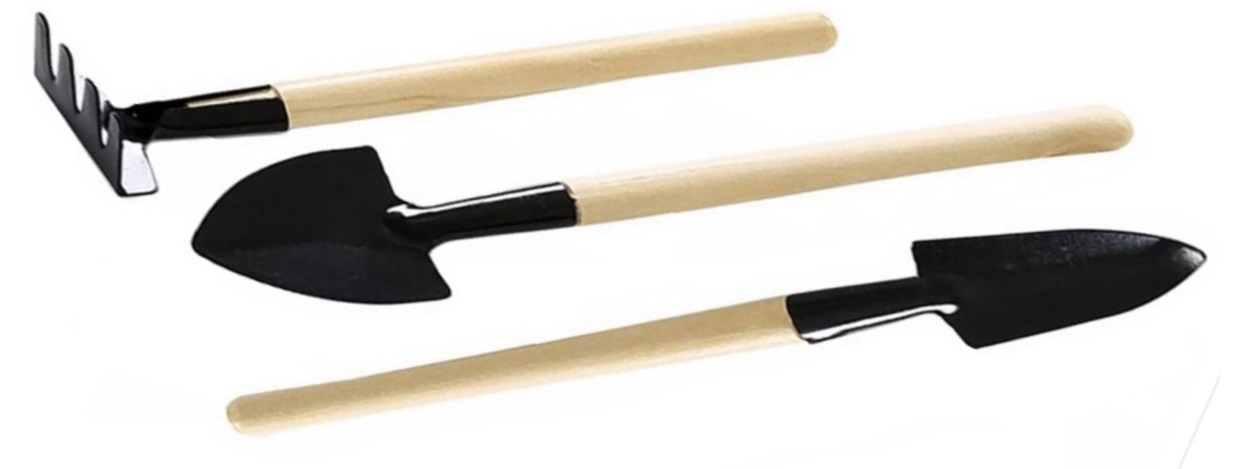
Last week my daughter drove 100 miles back and forth from the city to drop off something. I hoped it was not shirts, shoes or socks. No, she said, it was something for the farm. Here is what she brought a mini-spade, a mini-shovel, and a mini-rake for a one-hectare farm! Disregarding the size and the usefulness of these things I received them all with grace and made my daughter feel good.
Now, I do not have any advice for you Filipinos. Caring, sharing and giving is your life and your culture. Expressing love is embedded into your bone marrows, into your DNA. All I request is that you come across a senior Shrek like me from a different culture then please be kind and patient with us. Allow us to learn how to receive with grace and that will be your gift to us.
Mabuhay and an advance, Merry Christmas to you all!






